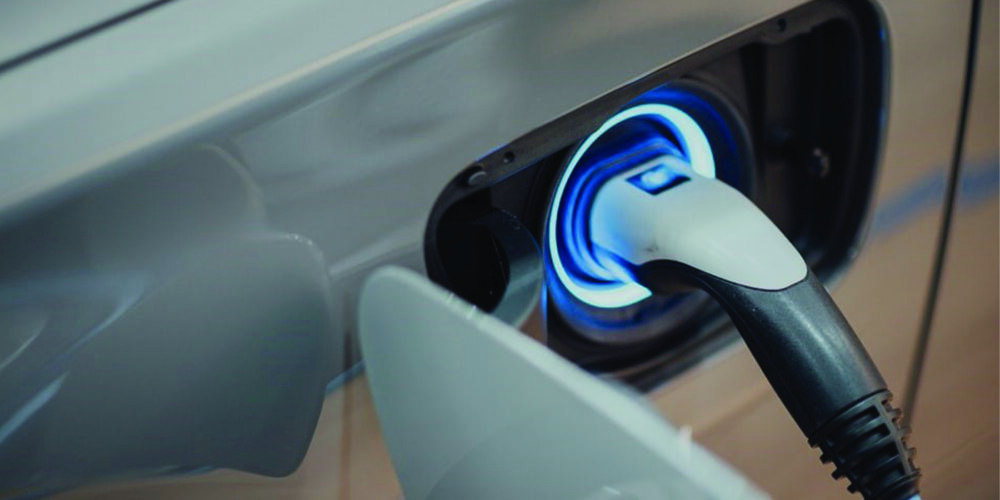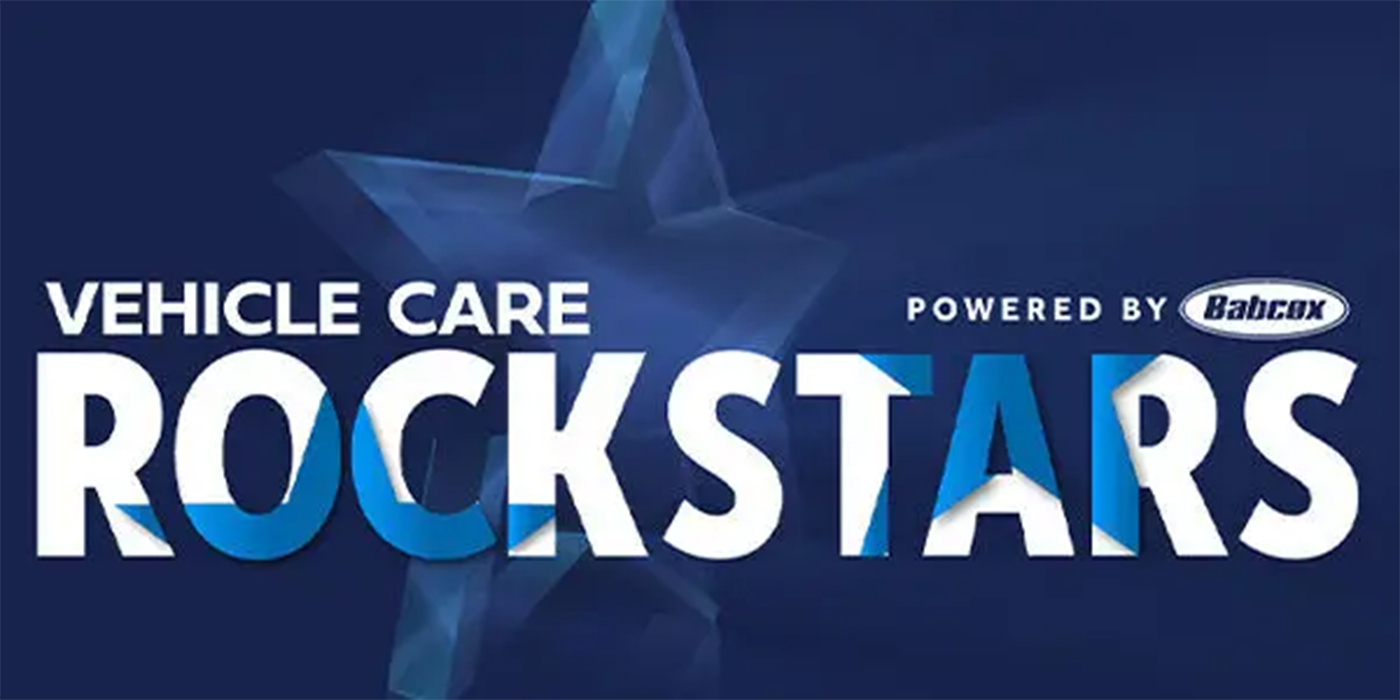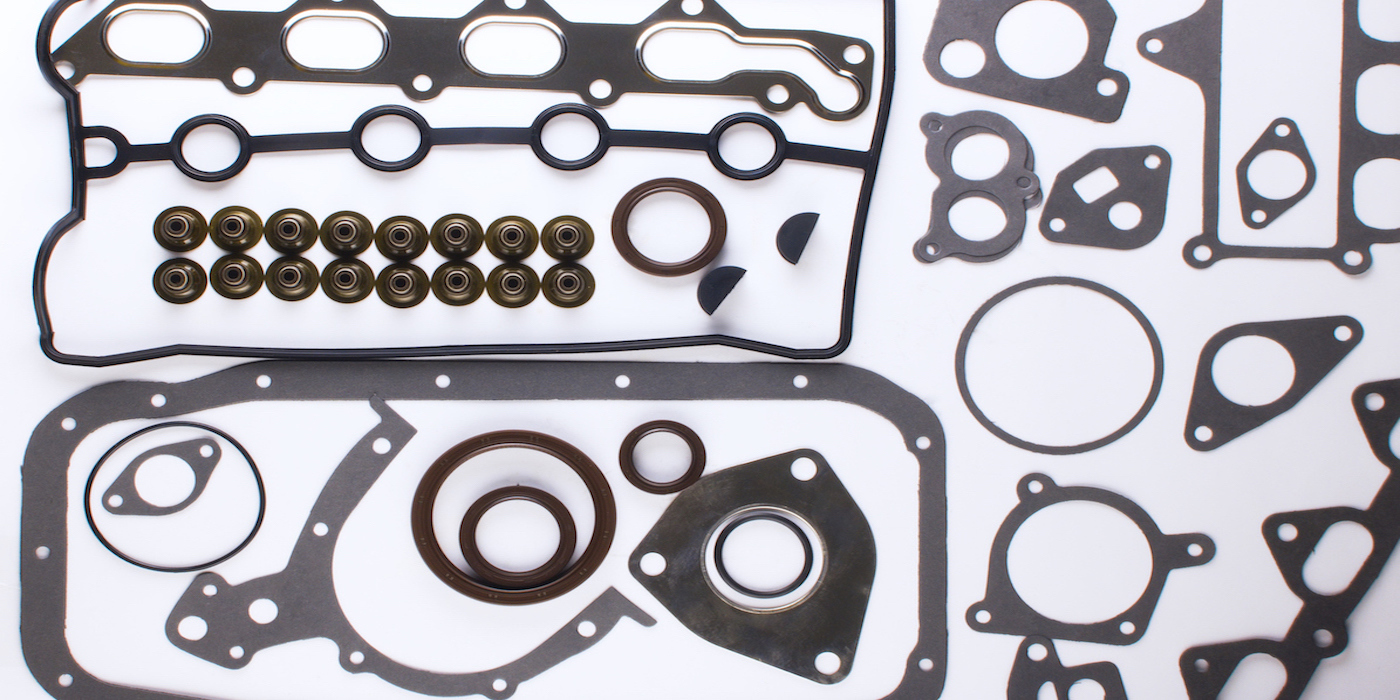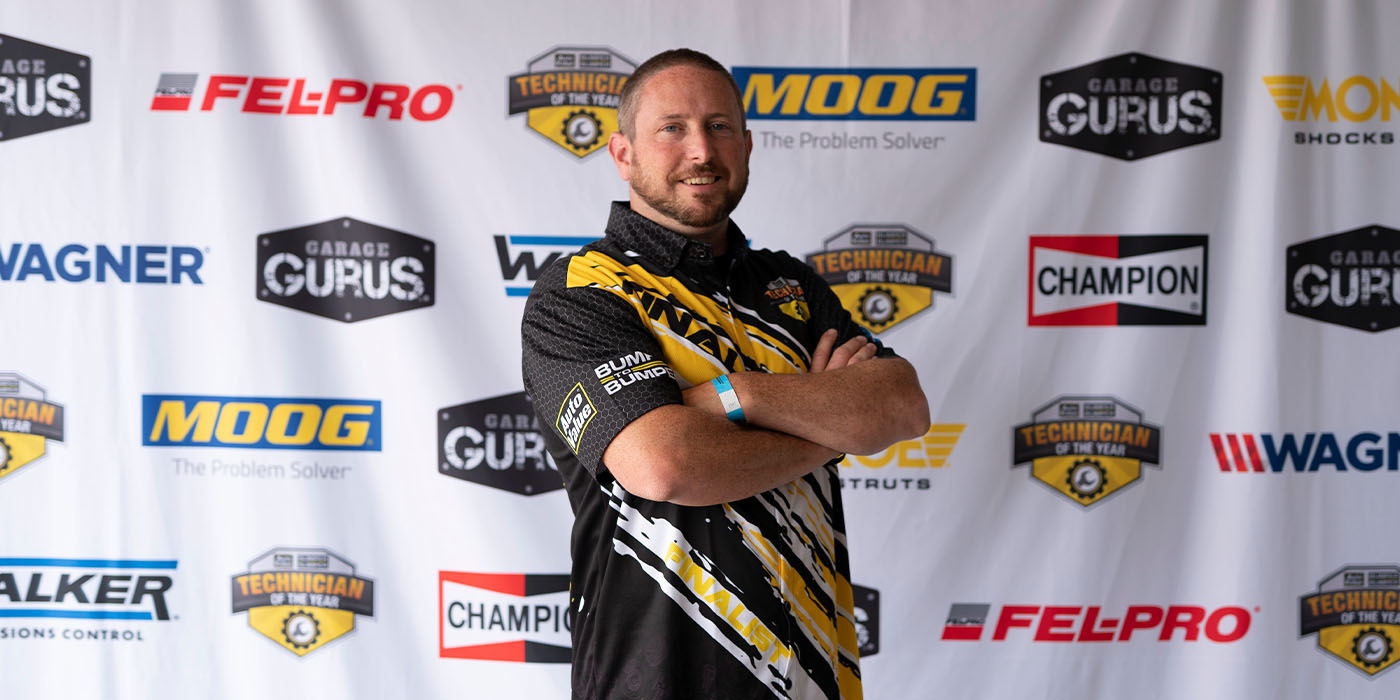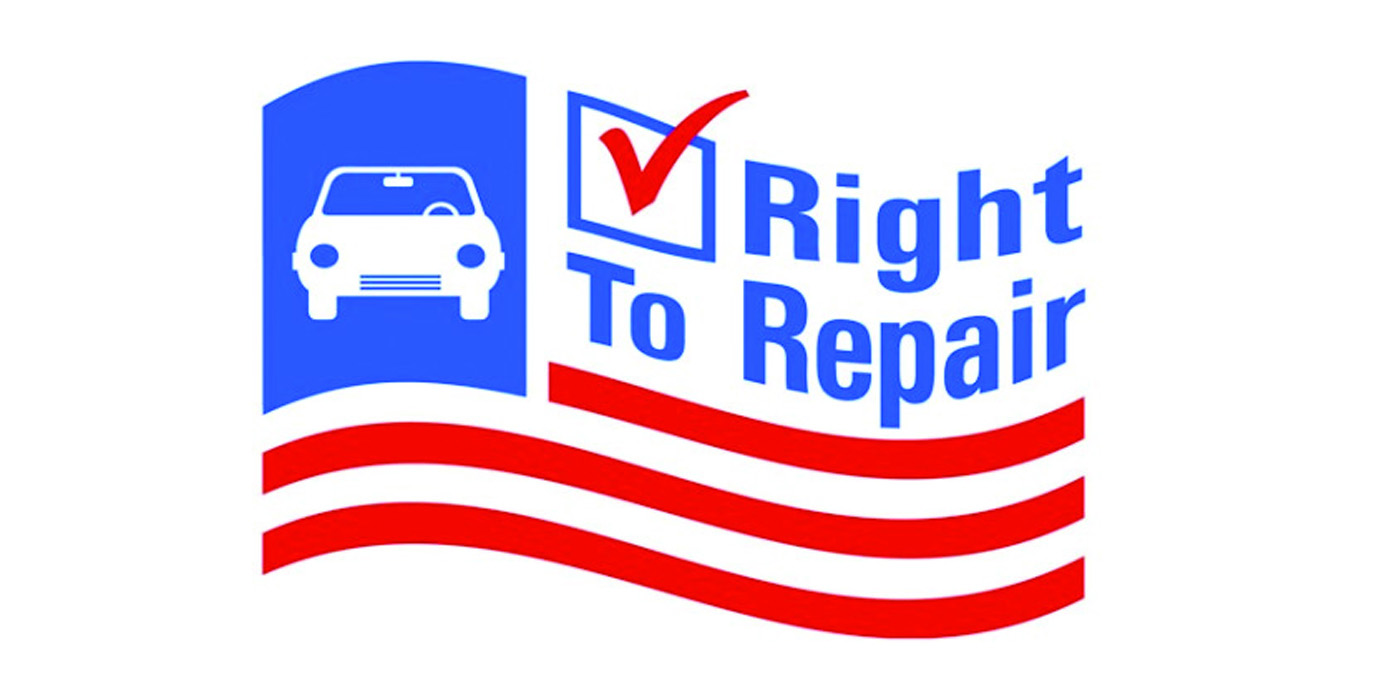I am so tired of hearing about the technician shortage. If this industry is in such dire peril of not having enough technicians today and tomorrow, why the heck aren’t more people in this business doing something to improve the situation?
The Global Automotive Aftermarket Symposium (GAAS) was held in Dearborn, MI, earlier this year. Upper-level managers from all aspects of the automotive aftermarket attend, including manufacturers, distribution partners and service technicians. The theme of this year’s symposium was “Thriving in a World of Change.” Many speakers told us what they foresee for the aftermarket in the near and distant future. One of the main recurring topics was the need for an educated technician. The distributors understand the need for educated technicians, the manufacturers understand the need for educated distributors, and the technicians themselves admitted they need more training. The unresolved question was, what is the best way to get technical training to the technician?
Another recurring topic spoke to the need to bring young people into this business. Though there was no consensus about how best to do this, many ideas were floated about. Again, everyone acknowledges that the technician shortage is real, yet few people had solid answers to help. In other words, the reason the issue is unresolved is due to the fact that a lot of people give lip service to what should be done, but not many really stand up and grab the bull by the horns. I think the answer is easy. I believe if every professional automotive repair facility would reach out to their local automotive vo-tech or technical college with a plan to hire graduating students, the technician shortage would go away.
On the same trip, I visited with Larry Cummings, president of AYES (Automotive Youth Educational Systems). We discussed the key issues facing our industry, from the educator’s viewpoint. The more we talked, the more we decided that the biggest hurdles we face are 1) how to attract the A & B students to the automotive programs, 2) how to improve the image of the automotive profession so we can achieve number 1, and 3) how to graduate students so they can join the real automotive world. One thing that came out of this discussion was a list of to-do’s. My list includes a special edition of our sister magazine, Tomorrow’s Technician, directed toward parents of junior and senior high school students. The idea is to educate them about the real opportunities for their child within the automotive aftermarket. This issue would also be available to the guidance counselors.
Too many times I’ve heard that guidance counselors send their “troubled” students into the automotive department. We need the guidance counselors to send their “A” students, and their technically minded students to the automotive department. Personally, if I was in the position to hire a technician for my shop, I’d want the student who had the most well-rounded educational background, who had good grades and had an aptitude and attitude for the work. Vehicles are too expensive and customers are too valuable to leave to someone who doesn’t strive to be the best, or to do the best work. Their work represents you.
Your Chance to Change the Future
Another action item was directed to the professional repair technician — that’s you. It’s important that you reach out to the automotive instructors in your school district. Let them get to know you and how your shop works. AYES has an excellent program for students and places a lot of students in repair facilities, but AYES partners solely with OEMs, and leaves you out of the loop. To help yourself, and the industry, you need to take on the responsibility of educating students. You can bring a different perspective to the automotive classroom than their instructor. Maybe you could run an automotive class for an hour, or offer a tour of your shop as a “field trip” for a class. Yes, it’s more work for you, but the more you get these automotive students actively engaged in our industry, and give them an opportunity to visualize their future, the more likely you will be to help graduate students who will then join the automotive aftermarket.
There may be a lot of reasons why you can’t do it. But look at the people in your shop right now — your technicians and your customers. Where will they be in 10 years? Where will you be in 10 years?
If you have comments or questions about this magazine, or any other topics, please e-mail me at [email protected]





